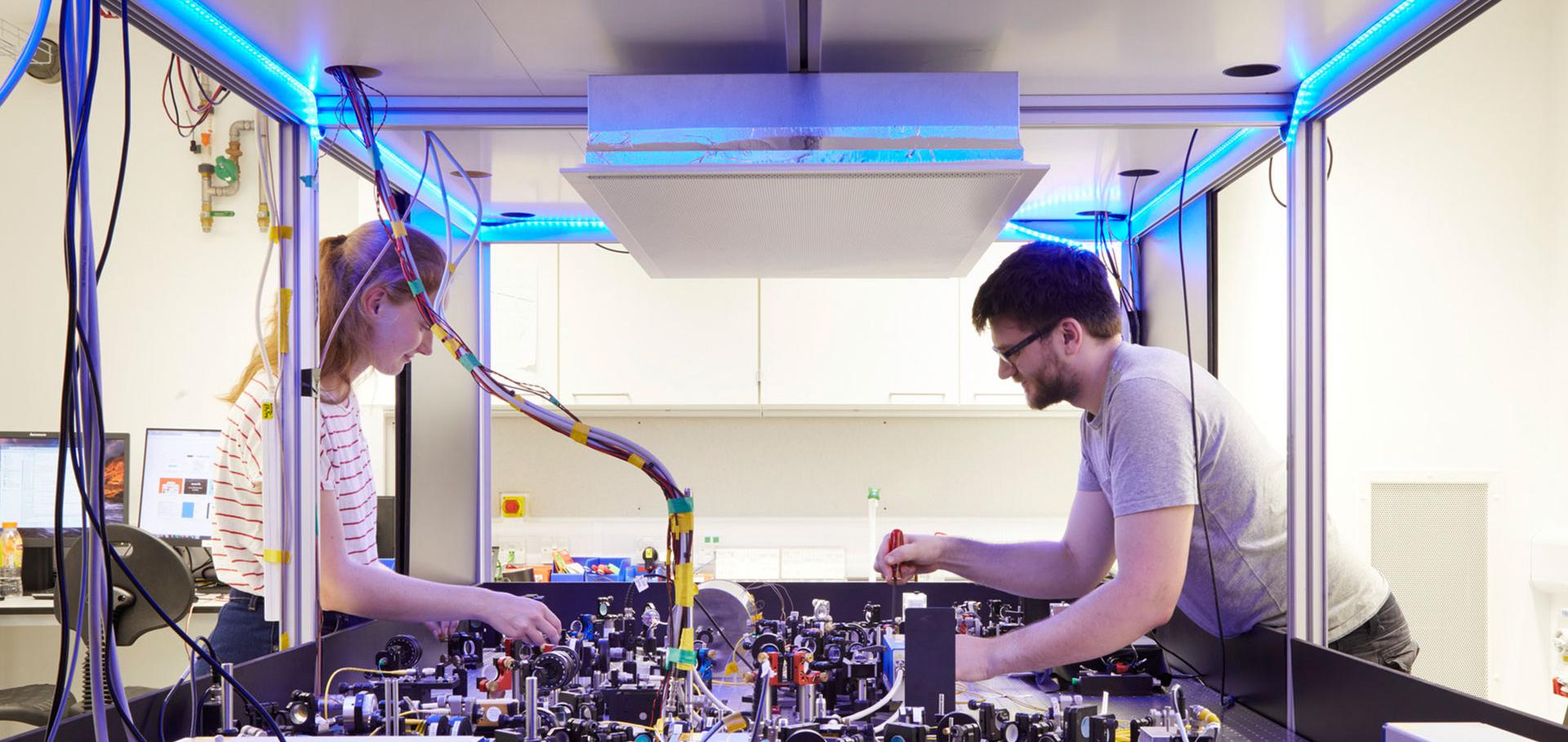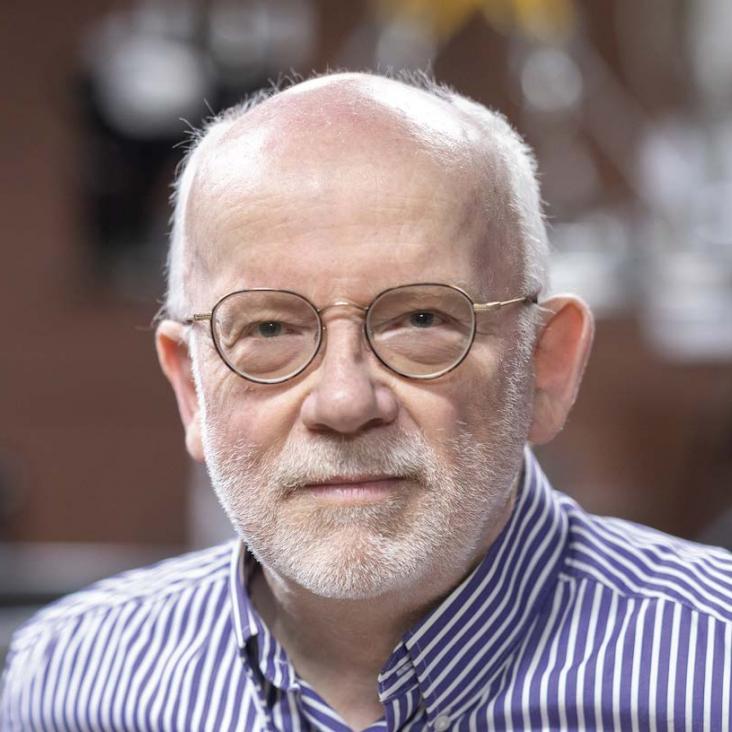A study of fast electron energy transport in relativistically intense laser-plasma interactions with large density scalelengths
Physics of Plasmas AIP Publishing 19:5 (2012) 053104
Gigabar material properties experiments on nif and omega
AIP Conference Proceedings AIP Publishing 1426:1 (2012) 477-480
Testing quantum mechanics in non-Minkowski space-time with high power lasers and 4(th) generation light sources.
Scientific reports 2 (2012) 491
Abstract:
A common misperception of quantum gravity is that it requires accessing energies up to the Planck scale of 10¹⁹ GeV, which is unattainable from any conceivable particle collider. Thanks to the development of ultra-high intensity optical lasers, very large accelerations can be now the reached at their focal spot, thus mimicking, by virtue of the equivalence principle, a non Minkowski space-time. Here we derive a semiclassical extension of quantum mechanics that applies to different metrics, but under the assumption of weak gravity. We use our results to show that Thomson scattering of photons by uniformly accelerated electrons predicts an observable effect depending upon acceleration and local metric. In the laboratory frame, a broadening of the Thomson scattered x ray light from a fourth generation light source can be used to detect the modification of the metric associated to electrons accelerated in the field of a high power optical laser.Alternative methods of producing photoionised plasmas in the laboratory
High Energy Density Physics Elsevier 7:4 (2011) 377-382
The effect of unresolved transition arrays on plasma opacity calculations
High Energy Density Physics Elsevier 7:4 (2011) 240-246


